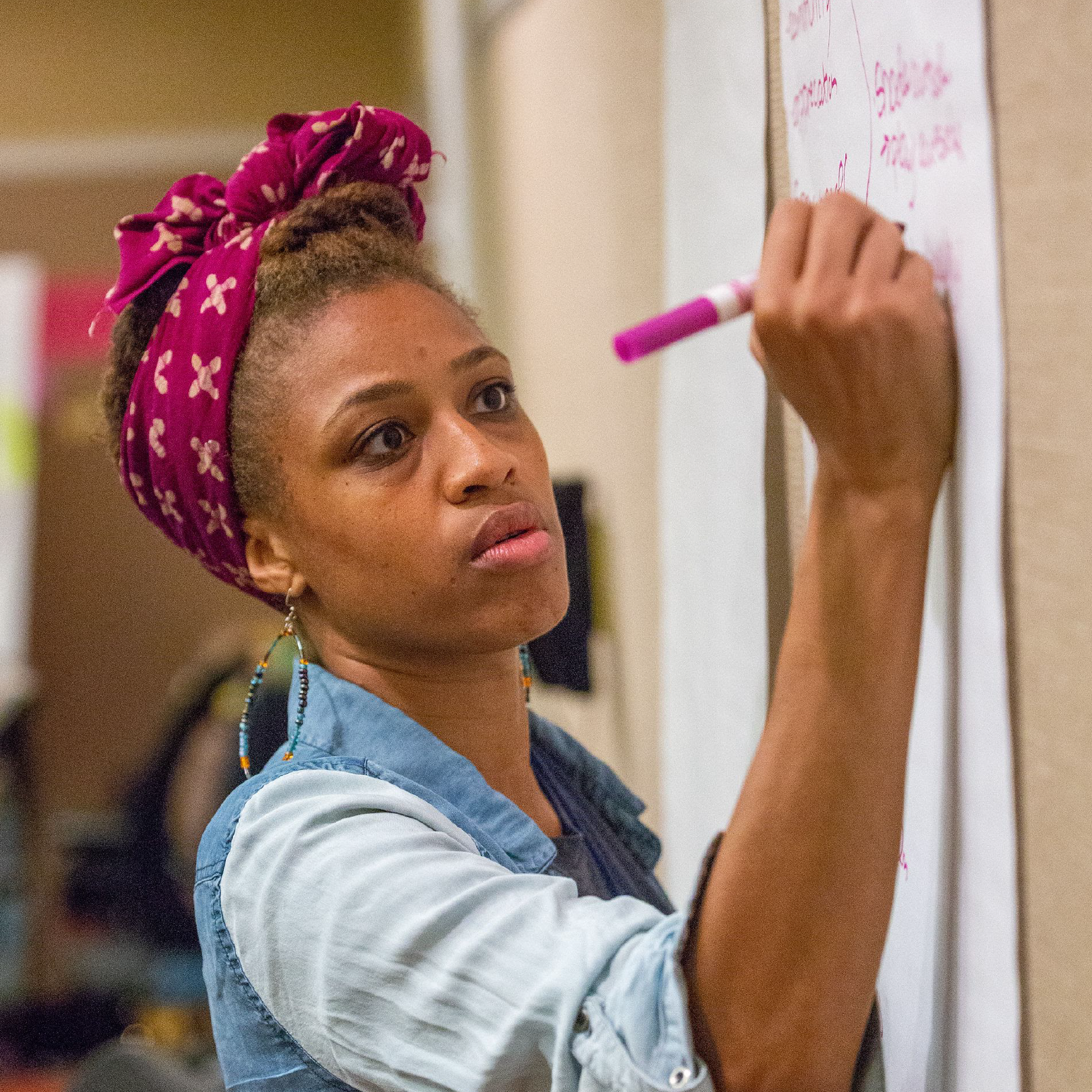Now that you have completed the initial steps outlined in this toolkit, there are a few options we would recommend next:
If you are a community member or staff member of a community based organization that has not yet been trained in restorative justice facilitation, please look for opportunities to get trained! There are a number of restorative justice trainings offered throughout the country. Our Restorative Justice team is able to offer trainings in community circle keeping, restorative approaches to harm, and restorative community conferencing when capacity allows, but we also have relationships with a network of training partners across the country and love to make connections! If you are interested in finding a training that can meet your needs, please complete the form below. When looking for trainings on your own, we offer the following considerations:
- Look for restorative facilitation trainings with a racial justice lens. We strongly believe that restoratively addressing harm, especially in the context of the criminal legal system, cannot be done responsibly without a racial justice lens and interrogation of the ways racial bias can show up in restorative processes.
- There are a variety of different restorative practices applied in a lot of different settings. Look for trainings that will align with your intention for implementation. For example, if you are hoping to utilize restorative practices with youth, consider trainings that speak to examples with young people. If you are hoping to offer restorative practices for survivors of IPV, DV, or sexual harm, look for trainings from organizations that have that experience.
- Ensure that you connect to a network of facilitators who can help support you along the way. Regularly processing the experience of facilitation is a critical factor in making sure that you are doing all you can to integrate the reflection and self-care necessary to show up in a good way.
If you are still looking for more of a guided approach to move through the steps of this toolkit, consider signing up for more information about our cohort-based Restorative Justice Diversion Roots program. This year-long cohort will invite in partners from sites across the country to work through the development of their programs together, with support from our Restorative Justice team at EJUSA.
Sign up to receive updates about future training opportunities and updates about this toolkit generally.
